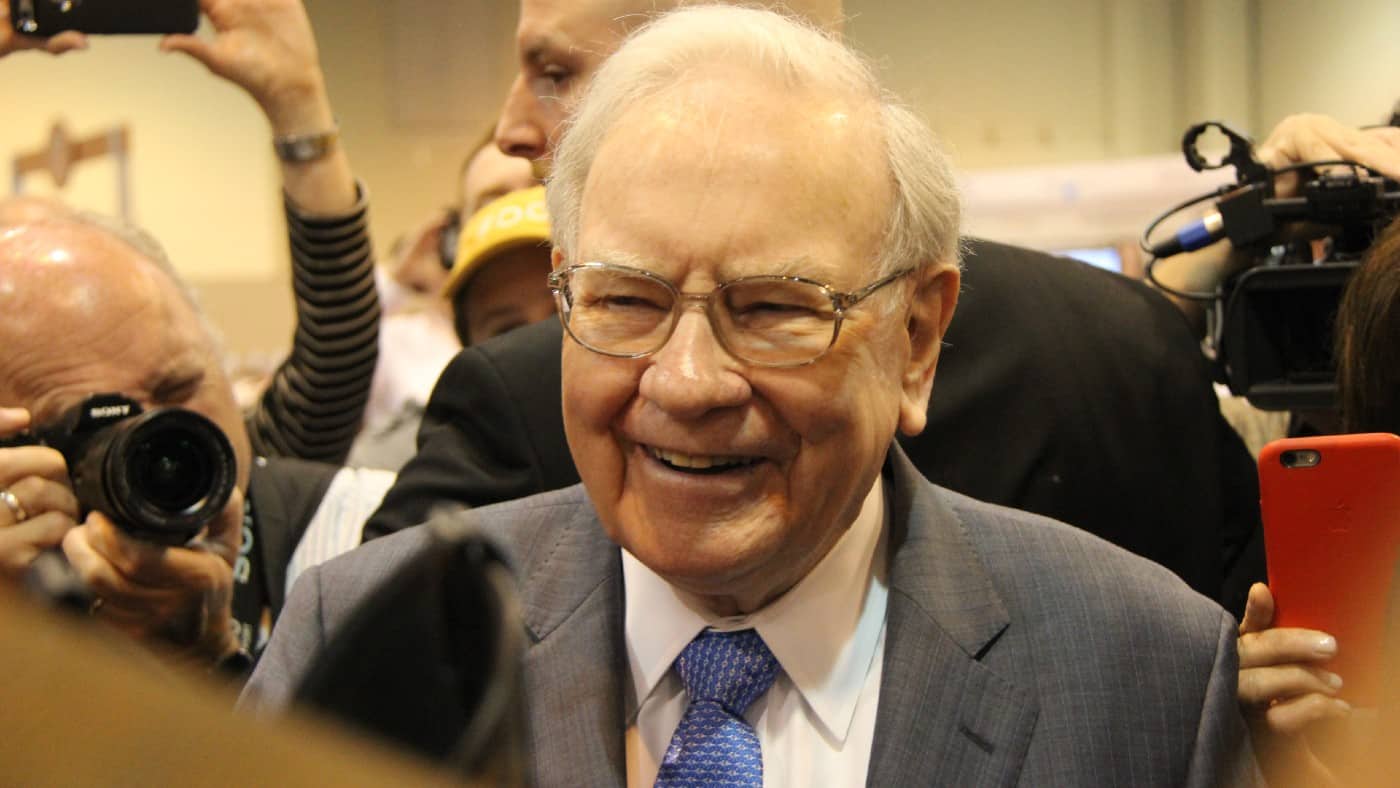Investor Warren Buffett’s now a billionaire many times over.
But it wasn’t always like that. Buffett saved the money for his first share purchase from a paper round he had as a boy.
If I had no savings in the bank but wanted to try and build wealth, here are three lessons from the Buffett approach to investing that I think could help me.
Should you invest £1,000 in Apple right now?
When investing expert Mark Rogers has a stock tip, it can pay to listen. After all, the flagship Motley Fool Share Advisor newsletter he has run for nearly a decade has provided thousands of paying members with top stock recommendations from the UK and US markets. And right now, Mark thinks there are 6 standout stocks that investors should consider buying. Want to see if Apple made the list?
Lesson 1: focus on making money, not losing it
To start investing, I’d need to have some capital. Even with nothing in the bank, I could do that by regularly drip feeding an amount into a share-dealing account or Stocks and Shares ISA.
How much I put in would depend on my own financial circumstances. On that basis it may vary over time, although I would try to get into a disciplined habit of regular saving no matter what the amount was. After all, it takes money to make money.
But sometimes it can be tempting to try and compensate for limited funds by focusing on potentially very rewarding – but also riskier – investment ideas.
By contrast, Buffett always focused on the basics. He says that the first rule of investing is never to lose money – and the second rule is never to forget the first.
Lesson 2: leave your emotions at the door
Sometimes though, even Buffett loses money – lots of it.
Take his historical investment in Tesco (LSE: TSCO) as an example.
When Buffett started buying the shares in 2006, the company had a lot of attractive attributes I think it still possesses. For example, it had a big store estate, large customer base, market-leading position and economies of scale.
By 2012, Buffett owned over 5% of the British supermarket giant. The following year, he started selling. The company became engulfed in an accounting scandal (now long since resolved) and by the time Buffett sold his last share in 2014, he had lost £287m on the investment. He described it as “a huge mistake”.
Interestingly, he also said: “I made a big mistake with this investment by dawdling”.
As investors, it can be tempting to avoid the facts for all sorts of reasons. For example, we may be so bought into an investment case that we do not want to sell the shares at a big loss and admit that we were wrong.
Sometimes we hang on for recovery when the financial indicators suggest things may get worse not better.
Great investors like Buffett make mistakes too. But they try to invest rationally, not emotionally.
Lesson 3: take a long-term approach to investing
Buffett thinks about investing in a timeframe of decades. So do I.
I think that’s a good approach for any investor. Taking a long-term approach to investing can allow the real value of a business to be unlocked.
For some of Buffett’s long-term holdings like Coca-Cola, that has meant a growing share price and annual dividend increases over the course of decades.








